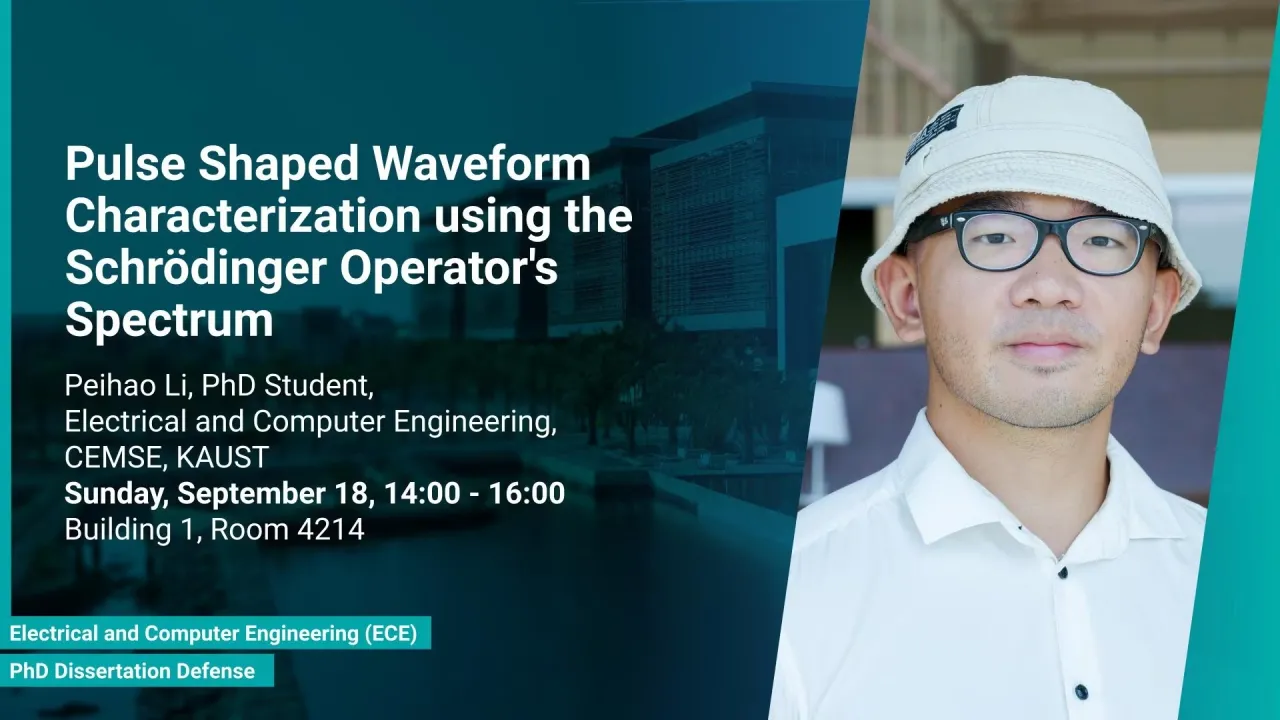
Pulse Shaped Waveform Characterization using the Schrödinger Operator's Spectrum
Pulse-shaped signal characterization is a fundamental problem in signal processing. One recently developed tool available to analyze non-stationary pulse-shaped waveforms with a suitable peak reconstruction is semiclassical signal analysis (SCSA). SCSA is a signal representation method that decomposes a real positive signal y(t) into a set of squared eigenfunctions through the discrete spectrum of the Schrödinger operator which is of particular interest. Beginning with an introduction to the young method, this dissertation discusses the relevant properties of SCSA and how they are utilized in signal denoising and biomedical application. Based on this, different frameworks and methodologies are proposed to leverage the advantages of the SCSA, especially in the pulse-shaped signal analysis field.
Overview
Abstract
Pulse-shaped signals require a tool that can accurately analyze and identify the peak characteristics in the spectrum. One recently developed tool available to analyze non-stationary pulse-shaped waveforms with a suitable peak reconstruction is semiclassical signal analysis (SCSA). SCSA is a signal representation method that decomposes a real positive signal y(t) into a set of squared eigenfunctions through the discrete spectrum of the Schr ̈odinger operator. In this study, we apply SCSA in two directions. First, we propose a new signal denoising framework based on the signal curvature or decomposed squared eigenfunctions. We use this technique to show that denoising the pulse-shaped signal by regularizing its curvature can yield better peak-preserving performance than traditional filters, such as moving average filters or wavelets. Second, we apply SCSA to biomedical signal analysis. The localization abilities of L2 normalized squared eigenfunctions are used in blood pressure (BP) estimation. Based on existing properties, the systolic and diastolic phases are separated into photoplethysmograms (PPGs), which are then used as features for BP estimation. In addition, the Multiparameter Intelligent Monitoring in Intensive Care (MIMIC II) database is used to test the application with more than 8000 subjects. Another application uses SCSA features to characterize EEG and MEG signals, leading to more accurate epileptic spike detection and diagnosis in epileptic patients. Both applications are validated using real datasets, which guarantees statistical reliability and motivates future work of this model in clinical applications and equipment designs.
Brief Biography
Peihao Li is a Ph.D. student in the Electrical Engineering department within the CEMSE division. He got a B.S in Observation, Navigation, and Control from Northwestern Polytechnical University, China. He received a master's degree in the MS/Ph.D. program in Electrical Engineering at King Abdullah University of Science and Technology (KAUST) in the winter of 2017. His research interests include UAV navigating, image processing, and robust control. Currently, he is working on developing algorithms and applications in signal processing and is especially interested in semi-classical signal analysis (SCSA)
